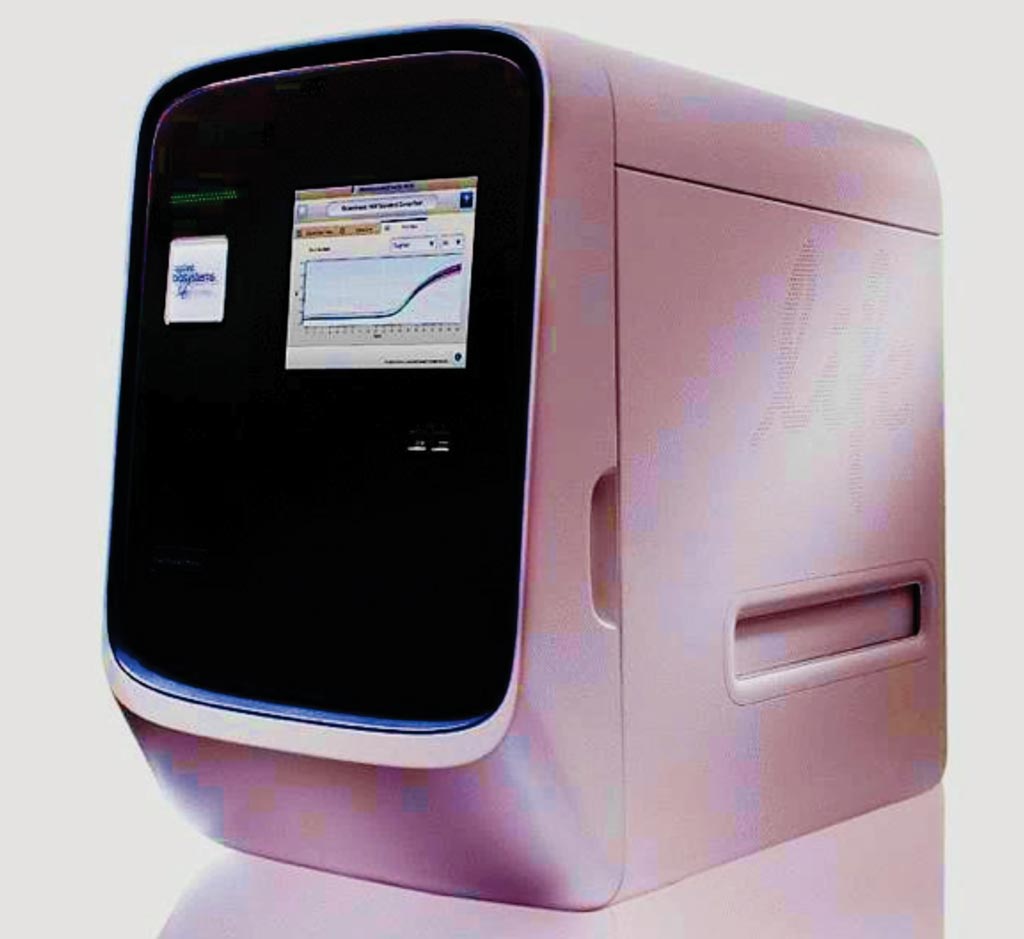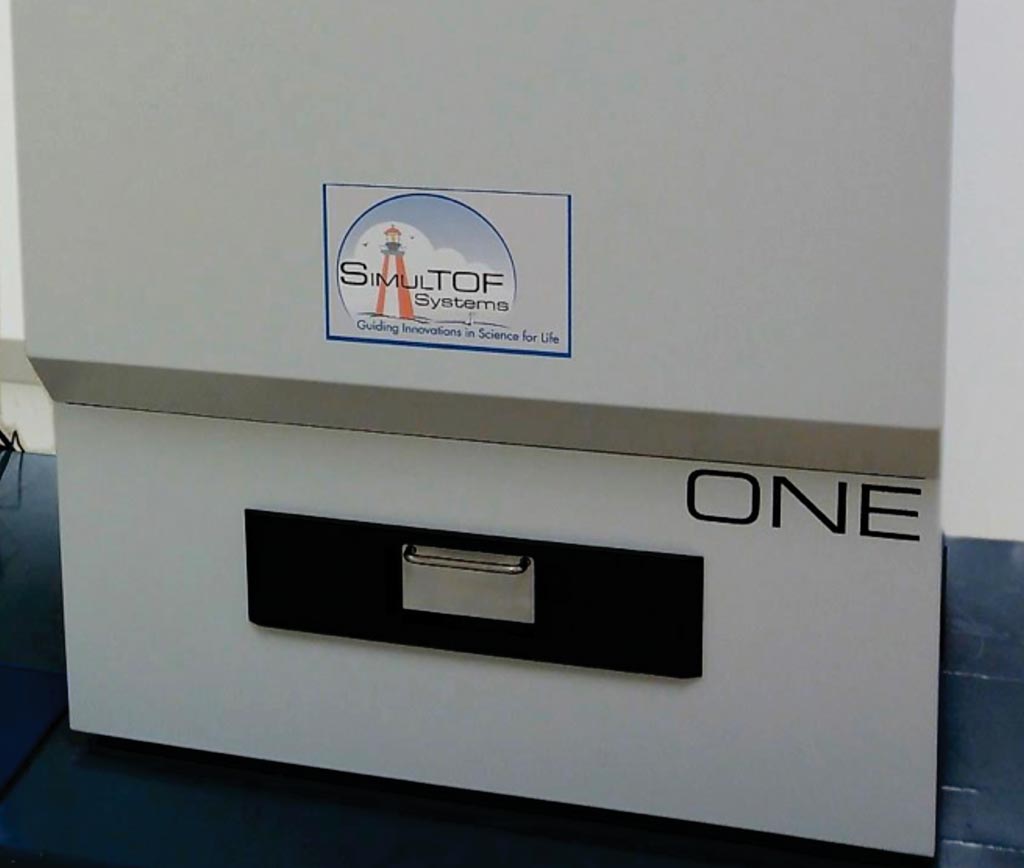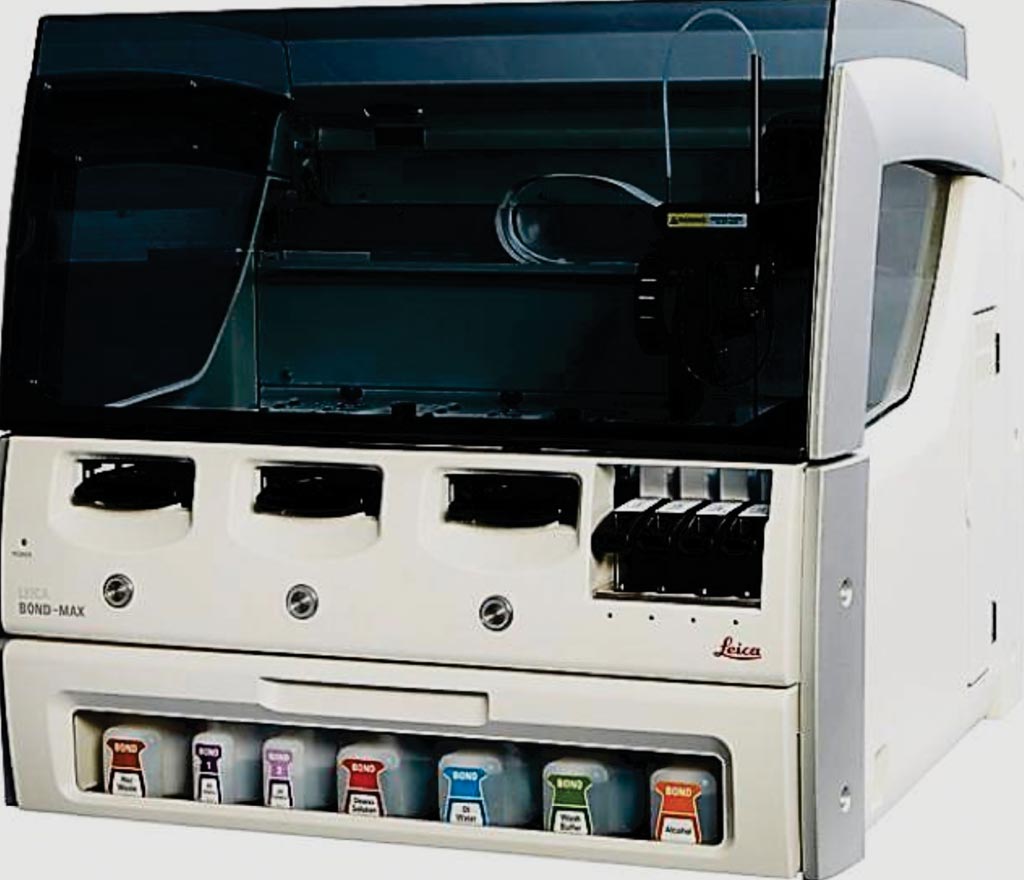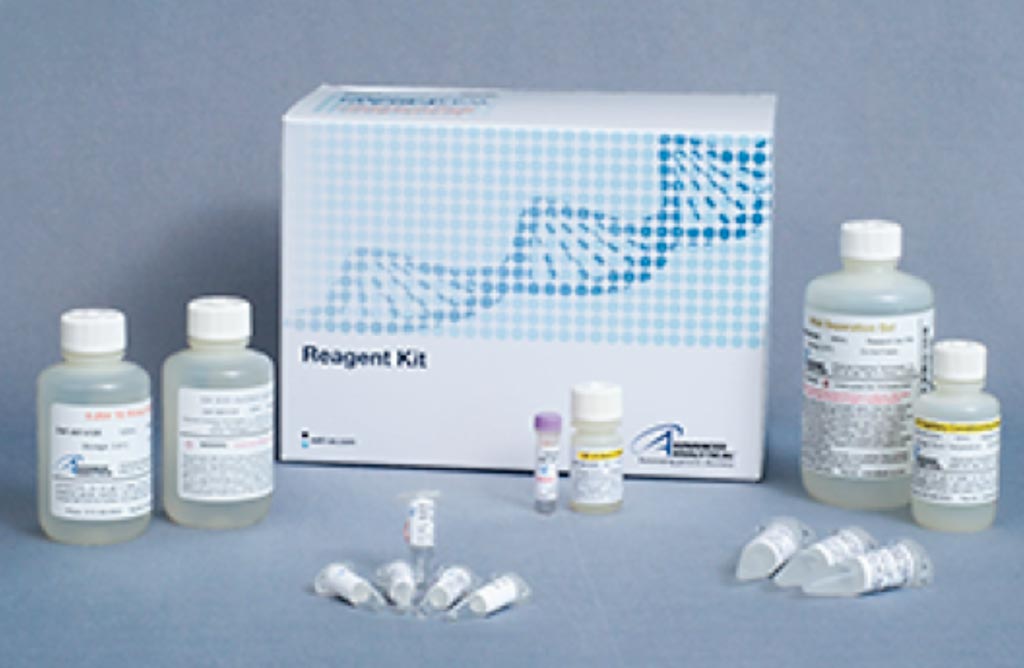Pathology

Genetic Study Predicts Stomach Cancer Progression
Although stomach cancer is treatable if detected early, diagnosis often occurs at an advanced stage, resulting in high mortality. Intestinal metaplasia (IM) is a pre-malignant condition of the gastric mucosa associated with increased gastric cancer (GC) risk. More...17 Jan 2018

Protein Signature Associated with Outcome in Metastatic Melanoma
Clinical results in metastatic melanoma with the antibodies nivolumab and pembrolizumab to anti– programmed cell death protein 1 (PD-1) have led to clinically and statistically significant improvements in progression-free and overall survival compared to alternative first- and second-line therapies. More...10 Jan 2018

Prognostic Biomarker Found for Endometrial Cancer
Endometrial cancer (EC) is a major health concern due to its rising incidence. Whilst early stage disease is generally cured by surgery, advanced EC has a poor prognosis with limited treatment options, and altered energy metabolism is a hallmark of malignancy. More...08 Jan 2018

In Other News
HPV Test with Cytology Adds Little Diagnostic Value
Genetic Test Recommended for Inherited Prostate Cancer
Significant Disparities Found between Liquid Biopsy Providers
Genetic Profile Identified for Dementia with Lewy Bodies
Ultraviolet Surface Excitation Microscopy Emerges as Diagnostic Tool
Phenocopies Found in Melanoma-Prone Families
Blood Test May Predict Recurrence of Breast Cancer
New Assay Predicts Cancerous Pancreatic Lesions
Eosinophilic Biomarker Found for Aggressive IBD
Five New Genes Identified for ALS
Single Cell Genomics Utilized for Evaluation of Prostate Cancer
Oral Microbiome Composition Reflects Risk for Esophageal Cancers
Prion Protein Found in Skin of CJD Patients
Simple Test Helps CF Patients Find Best Treatment
Diagnostic Test Identified for Pediatric Biliary Atresia
CSF Analyzed in Lung Cancer with Brain Metastases
Blood Test Reduces Interim for Evaluating Cancer Treatment
Low Testosterone Men Less Likely to Have Prostate Cancer
Immunoassay Quantifies Cancer Cell Loss During Treatment
Blood Test Detects Resistance to BRCA-Targeting Drugs
Esophageal Cancer in Relative Increases Barrett’s Risk
New Method Helps Rule Out Heart Valve Infection
Blood Test Can Effectively Rule Out Breast Cancer
The Pathology channel details advances in the field of Surgical Pathology and all its subspecialties, including Cytopathology and its subspecialties.











